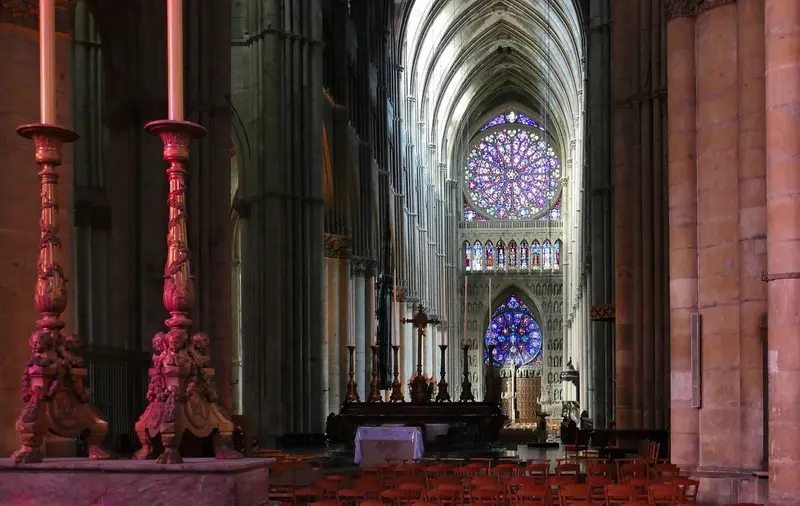Notre-Dame, built between 1163 and 1345, will soon have a highly accurate twin created with the help of . Microsoft is collaborating with Iconem, a French tech startup that digitizes cultural heritage sites at risk of disappearing.
The French Ministry of Culture announced that the virtual model of this Gothic landmark, one of the most visited sites in Paris, will be accurate to the centimeter. The digital twin will replicate every carved detail and mosaic fragment, taking into account all architectural nuances.
This initiative is a prime example of how cutting-edge technology can be harnessed to preserve cultural heritage. During the creation of the digital twin of , specialists will use drones, lasers, and photography combined with AI algorithms, as reported by Designboom.
The project is particularly significant given the damage inflicted on the building by the fire in 2019 and its subsequent five-year restoration.

This meticulous work will take at least a year and cost several million dollars, according to Microsoft. Recently, the company digitized St. Peter’s Basilica in Rome, showcasing how virtual twins can aid in the preservation of cultural heritage. Meanwhile, the model of Notre-Dame de Paris will help restoration experts closely monitor any damage to the building. Additionally, as noted by Yves Ubelmann from Iconem, it will allow researchers to explore hard-to-reach areas of the cathedral, such as vaulted ceilings and intricate facades. Furthermore, the digital twin will be a true boon for those who, for various reasons, cannot visit the landmark in person.
Upon completion of the project, a digital archive of Notre-Dame de Paris will be created. This archive will be handed over to the future Museum of the Cathedral of Notre-Dame, which is set to open to the public in the coming years.
The creation of a digital copy of Notre-Dame is part of Microsoft’s extensive “AI for Culture” program, which aims to digitally preserve cultural heritage sites around the world.
Photo: pixabay.com
